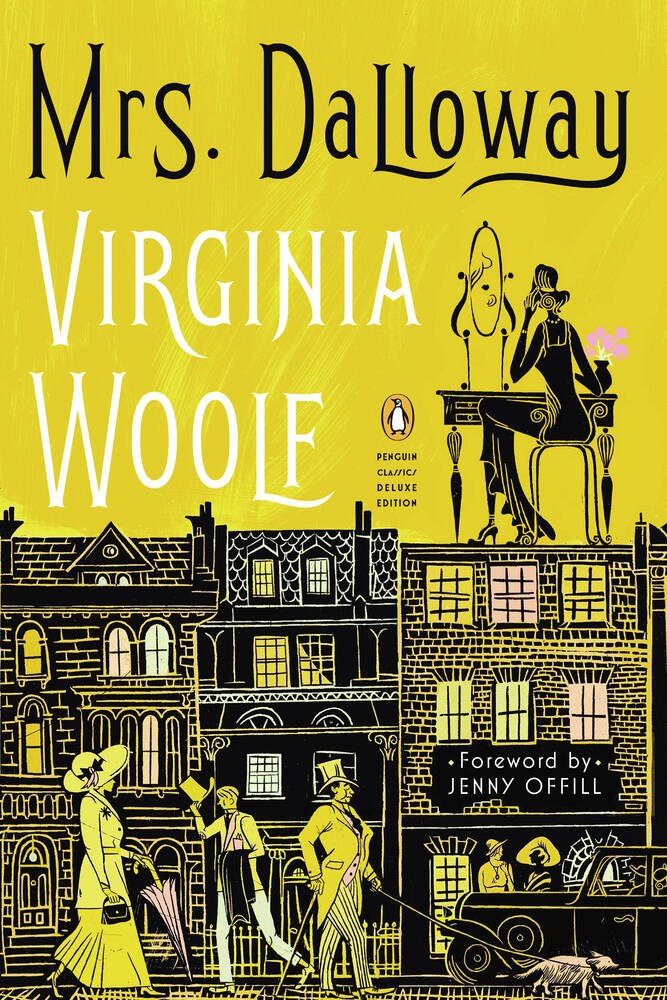While reading one of Theodore Roosevelt’s hunting stories, I came across this passage: “It was early in the fall, but snow lay on the ground, while the gray weather boded a storm. My camp was in a bleak, wind-swept valley, high among the mountains … All night I had lain in my buffalo bag, under the lea of a windbreak of branches … At my feet ran a rapid mountain torrent, its bed choked with ice-covered rocks … At dawn I rose and shook myself free of the buffalo robe, coated with hoar frost. The ashes of the fire were lifeless; in the dim morning the air was bitter cold.”
Roosevelt was in his late 40s when he wrote that, no longer a young man. He was also, for eight years, president of the U.S.
What struck me was that he saw nothing particularly unusual about the exertions and dangers involved. It was all part and parcel of the life that he and numerous others led at that time.
Fast forward to our own era, where we find students at the University of California, Oberlin College, Rutgers University and the University of Michigan, among others, asking for “trigger warnings” to be included in works of literature that might upset them.
Among the books said to contain “distressing material” are The Great Gatsby by F. Scott Fitzgerald, The Merchant of Venice, and Mrs. Dalloway by Virginia Woolf.
God forbid they should happen upon Søren Kierkegaard’s Fear and Trembling and The Sickness Unto Death, or in a lighter (but still triggering mode), Chaucer’s The Canterbury Tales.
Perhaps Dostoevsky’s The Idiot would be more up their street.
In any case, the contrast could hardly be more stark. The ruggedness and endurance of earlier times versus the narcissism and self-absorption so clearly depicted here.
And the question arises, how will these cosseted moppets, some of whom will go on to be society’s leaders, face the realities of everyday life?
As cocooned as they are, how will they deal with the hardships, challenges and traumas that lie in wait beyond the walls of the ivory tower?
Woolf’s novel Mrs. Dalloway is a tale of mental illness and eventual suicide. It mirrors in one sense Woolf’s own troubled life. She suffered from a form of bipolar disorder and drowned herself at the age of 59 by filling her pockets with stones and walking into a river.
Do these pampered young people believe mental illness doesn’t exist? The world doesn’t accommodate such make-believe reality.
Well all right. Occasionally it does. Marie Antoinette and her courtiers built a pretend peasant village where they could play at being poor before repairing for afternoon tea.
Though we recall how that ended up.
I agree that the ruggedness we saw in earlier generations didn’t always play out well. Often it led to foolish risk-taking and more.
But hiding one’s eyes from the world’s hardships won’t make them go away. Neither will it prepare college students to play their part in combating those hardships.
University is supposed to be about growing up. We need some of that here.



